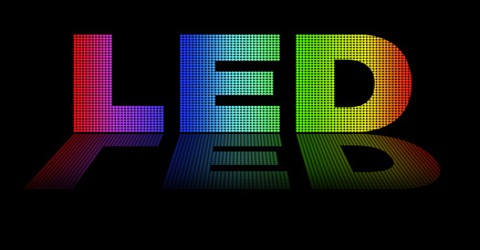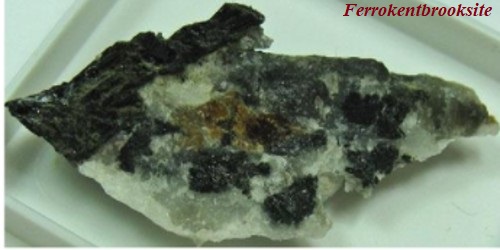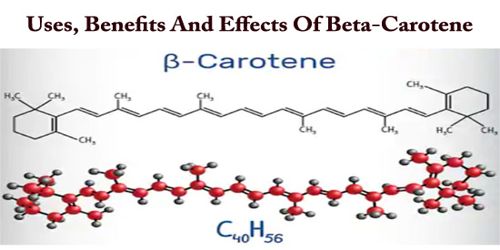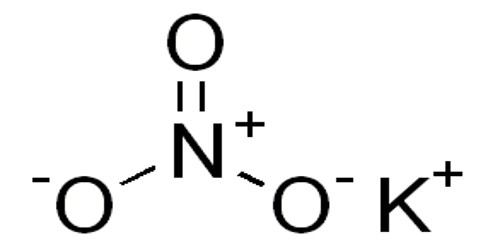LED: Light-Emitting Diode
Light-emitting diode or LED is a semiconductor diode that emits light when conducting current and is used in electronic displays, indoor and outdoor lighting, etc. An LED is often small in area (less than 1 mm2) and integrated optical components may be used to shape its radiation pattern.

Recent developments in LEDs permit them to be used in environmental and task lighting. LEDs have many advantages over incandescent light sources including lower energy consumption, longer lifetime, improved physical robustness, smaller size, and faster switching. Light-emitting diodes are now used in applications as diverse as aviation lighting, automotive headlamps, advertising, general lighting, traffic signals, camera flashes, and lighted wallpaper. As of 2016, LEDs powerful enough for room lighting remain somewhat more expensive, and require more precise current and heat management, than compact fluorescent lamp sources of comparable output. They are, however, significantly more energy efficient and, arguably, have fewer environmental concerns linked to their disposal.
LEDs were first used for signal lighting, such as in a dashboard and later in tail lamps. In the past few years several companies have developed high power LEDs which are extremely bright and can now be used in applications that require a high light output, such as street lighting and task lighting. These are often referred to as “lighting class LEDs.”
The Basics of LED Lighting
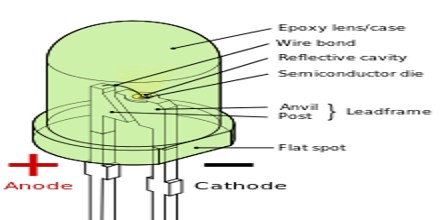
The useful life of LED lighting products is defined differently than that of other light sources, such as incandescent or CFL. This is because LEDs typically do not “burn out” or fail. Instead, they experience lumen depreciation, where the amount of light produced decreases and light color appearance can shift over time. Instead of basing the useful life of an LED product on the time it takes for 50% of a large group of lamps to burn out (as is the case with traditional sources), LED product “lifetime” is set based on a prediction of when the light output decreases 30 percent.
LED Lighting Different Than Other Light Sources
LED lighting products use light emitting diodes to produce light very efficiently. An electrical current passes through semiconductor material, which illuminates the tiny light sources we call LEDs. The heat produced is absorbed into a heat sink.
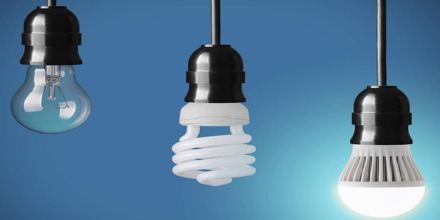
Common LED colors include amber, red, green, and blue. There is actually no such thing as a “white” LED. To get white light, the kind we use for lighting our homes and offices, different color LEDs are mixed or covered with a phosphor material that converts the color of the light. The phosphor is the yellow material you can see on some LED products. Colored LEDs are widely used as signal lights and indicator lights, like the power button on a computer.
LEDs are “directional” light sources, which means they emit light in a specific direction, unlike incandescent and compact fluorescent bulbs, which emit light and heat in all directions. For this reason, LED lighting is able to use light and energy more efficiently in many applications. However, it also means that sophisticated engineering is needed to produce an LED light bulb that shines light all around like an incandescent A-shape bulb.
Incandescent bulbs produce light using electricity to heat a metal filament until it becomes “white” hot or is said to incandesce. As a result, incandescent bulbs release 90% of their energy as heat.
In a CFL, an electric current flows between electrodes at each end of a tube containing gases. This reaction produces ultraviolet (UV) light and heat. The UV light is transformed into visible light when it strikes a phosphor coating on the inside of the bulb.
Basic advantages and disadvantages of LED Light
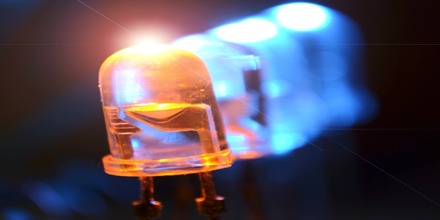
Advantages
- Energy efficient – LED’s are now capable of outputting 135 lumens/watt
- Long Lifetime – 50,000 hours or more if properly engineered
- Rugged – LED’s are also called “Solid State Lighting (SSL) as they are made of solid material with no filament or tube or bulb to break
- No warm-up period – LED’s light instantly – in nanoseconds
- Not affected by cold temperatures – LED’s “like” low temperatures and will startup even in subzero weather
- Directional – With LED’s you can direct the light where you want it, thus no light is wasted
- Excellent Color Rendering – LED’s do not wash out colors like other light sources such as fluorescents, making them perfect for displays and retail applications
- Environmentally friendly – LED’s contain no mercury or other hazardous substances
- Controllable – LED’s can be controlled for brightness and color
Disadvantages
- LEDs are currently more expensive, price per lumen, on an initial capital cost basis, than more conventional lighting technologies. However, when considering the total cost of ownership (including energy and maintenance costs), LEDs far surpass incandescent or halogen sources and begin to threaten compact fluorescent lamps.
- The Chart Below compares different light sources based upon the life of the bulb and the electrical cost at 10 cents per kWh (kilowatt hour). Note: fixture costs and installation costs are not included.
- LED performance largely depends on correctly engineering the fixture to manage the heat generated by the LED, which causes deterioration of the LED chip itself. Over-driving the LED or not engineering the product to manage heat in high ambient temperatures may result in overheating of the LED package, eventually leading to device failure. Adequate heat-sinking is required to maintain long life. The most common design of a heat sink is a metal device with many fins, which conducts the heat away from the LED. For more information on this, refer to the Thermal Management tab.
- LEDs must be supplied with the correct voltage and current at a constant flow. This requires some electronics expertise to design the electronic drivers.
- LED’s can shift color due to age and temperature. Also two different white LED will have two different color characteristics, which affect how the light is perceived.
